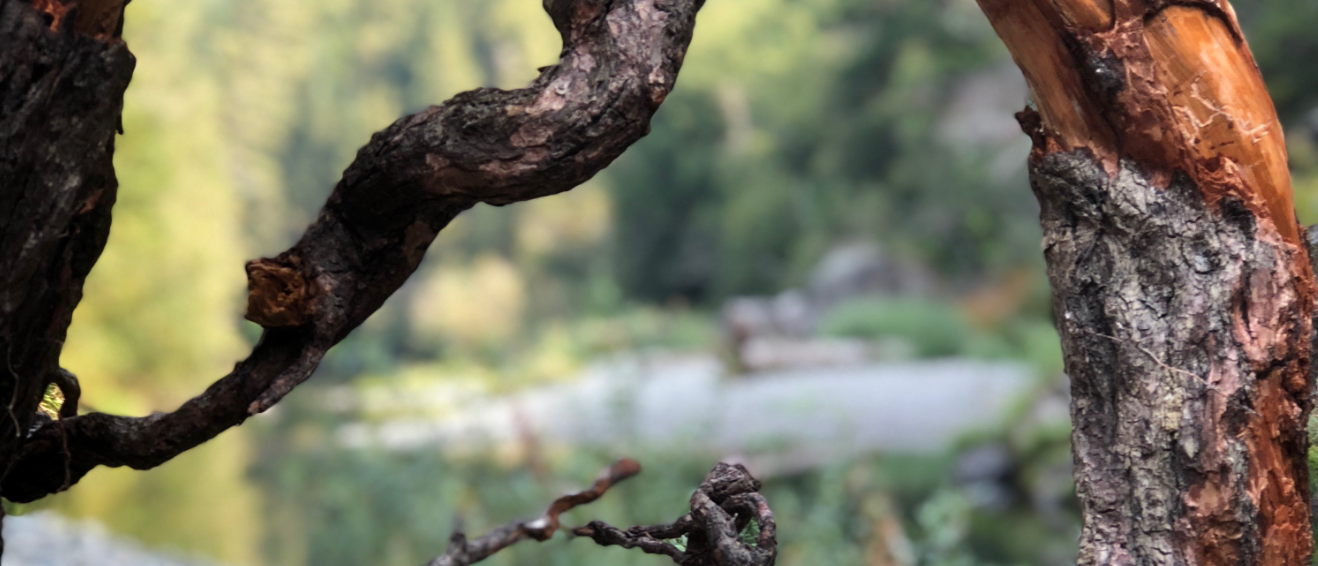Our Story
In 2000, the Wild Rivers Land Trust (originally known as Elk River Land Trust) began with a handful of like-minded residents passionate about conserving land along the Elk River. Their goals were the same as ours are today—to engage our communities in the preservation of our natural world in order to better ensure a healthy, sustainable planet for all. The future of our natural resources depends on all of us working together to preserve what is wild and restore the rest. We expanded the regions we covered in 2014 and 2018 to bring our conservation services to people and communities that needed them. The Land Trust currently serves 2.3 million acres on Oregon’s south coast throughout Coos, Curry and southwestern Douglas counties.
In 2018, Wild Rivers Land Trust began the process to become a fully accredited land trust through the Land Trust Accreditation Commission, the nationally-recognized body that accredits and reviews land trust actions, standards and practices. This is a rigorous process, and the Commission announced in August 2019, that WRLT became one of just over 400 land trusts to achieve that distinction. Accreditation has strengthened the Land Trust and new partnerships and land acquisitions have happened as a direct result of being accredited. It also provides landowners, donors, conservation partners and communities the assurance that Wild Rivers Land Trust operates under the state-of-the-art land conservation standards and practices.
- VISION | We envision a future where clean water, abundant salmon runs, sustainable working lands, and prospering rural communities forever define Oregon’s southern coast.
- MISSION | To conserve and sustain the natural, scenic and working lands and lands of historic, cultural or archaeological value, through collaboration with communities and landowners on southern Oregon's Wild Rivers Coast.
Wild Rivers Land Trust aims to (a) maintain and protect watershed health, ecosystem stability, biodiversity and fisheries health, (b) protect scenic beauty and open space from over development, (c) educate the general public about the importance of stewardship forestry, health, and (d) work with private landowners, public land agencies, tribes, and other interested parties to promote stewardship and sound management practices.
We strive to keep the irreplaceable lands and waters of the southern Oregon coast forever wild and abundant.

